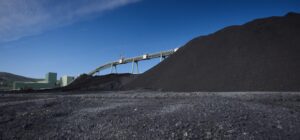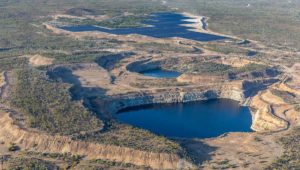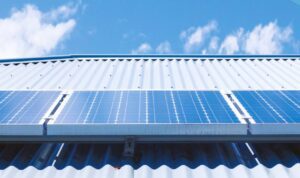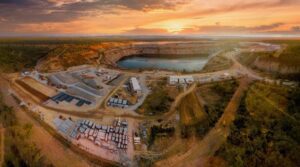Genex Power’s landmark Queensland pumped hydro project remains on track to be powered up in the second half of 2024, following the successful excavation of the main access tunnel for underground works
ASX-listed Genex announced the “significant milestone” for the 250MW/2,000MWh Kidston Pumped Storage Hydro Project on Friday, reporting “excellent rock conditions” within the completed tunnel, which will serve as a permanent access point to the power station cavern.
“The completion of the [main access tunnel] ensures access for the power station cavern lower bench excavation works and ultimate fit-out activities, which has been established within the timeframe required by the current overall construction program,” the company update says.
This is a welcome result for Genex and its engineering, procurement and construction partner, after a September 2022 drilling incident that caused a water ingress and “modest delays” to works.
Genex says that following the water ingress event, the company decided to realign the tunnel away from the zone of fractured material.
While this increased the length of the tunnel by hundreds of metres, Genex CEO Graig Francis says it also limited the time and cost impacts of the incident on the overall project and reduced ongoing risk to the underground works.
“We are extremely pleased with the way in which the Genex and EPC Contractor teams responded to the water ingress event last year, completing the redesign and recommencing production with minimal delay,” said Francis in a statement to the ASX.
“Today’s milestone is extremely significant, as it enables Genex and its stakeholders to draw a line under one of the material outstanding risk items for the underground works.
“Importantly it moves us one step closer toward commencing the power station fit-out works ahead of energisation later in 2024.”
The risks of underground tunnelling for pumped hydro projects have been laid bare by the much bigger 2.2GW Snowy 2.0 project, the construction bill for which has ballooned to a massive $12 billion – double previous estimates.
The federal government, the main shareholder of developer Snowy Hydro, is yet to publicly release the full report detailing the reasons for the cost blowout, but has pointed to “design immaturity” at the time of final investment decision and unexpected site conditions and geology that “should have been known.”
The main contributor to increased costs and delays to the huge project’s progress has been a nine-metre deep sinkhole caused by tunneling in unexpectedly soft ground – a situation that is yet to be fully resolved.
A geotechnical report published in September by Snowy Hydro says the “geological predictions anticipated in the geotechnical baseline report for the Tantangara Headrace Adit Tunnel, indicated a different geological condition than those encountered by the [tunnel boring maching] where the sinkhole was formed.
“Additional faults and poor ground conditions cannot be ruled out in future TBM excavation activities along the tunnel alignments,” it adds.
Happily, Genex appears to have avoided too much fallout from its own geological incident, which the company said at the time added around $15 million to the projects costs.
In June, a $44.5 million funding package was announced between Genex and J-Power, the Japanese utilities giant that has been collaborating on the Kidston Clean Energy Hub since 2020, including through a previous $25 million investment commitment for the pumped hydro project.
In this case, J-Power agreed to provide a loan facility of $35 million as additional standby source of funding for the pumped hydro project, to act as “a significant buffer” to any further bumps in the road.










